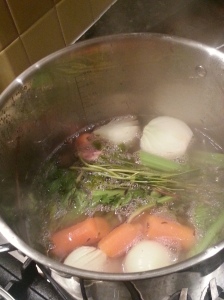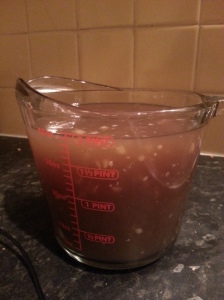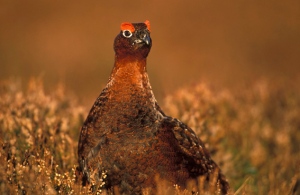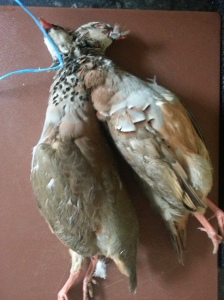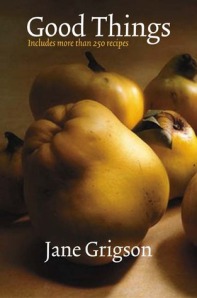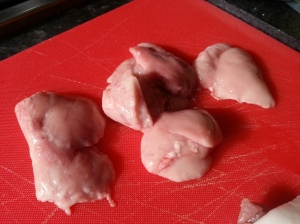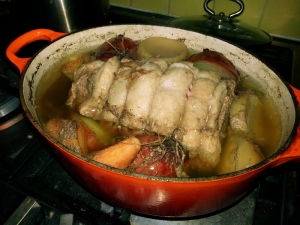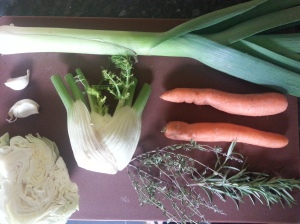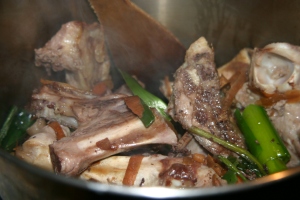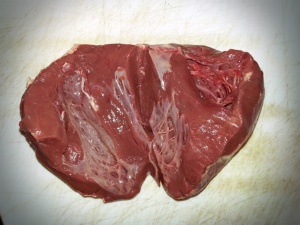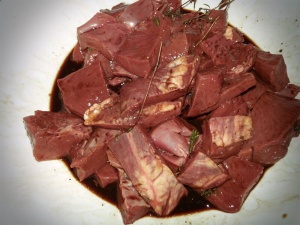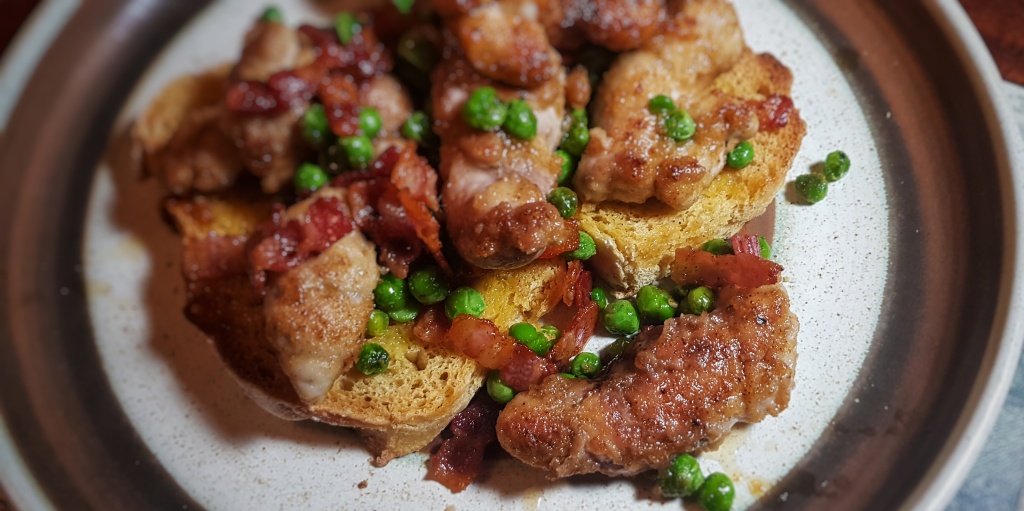“It’s all back on again!”: Charles II
So, it’s the next course in my Dinner Party Through Time and we have moved up to 1660. It’s the year of the Restoration of the British Monarchy after that to-do with Oliver Cromwell.
Now this recipe has turned out to be a bit of a mystery because as I write it up for you from my notebooks, dear reader, I cannot find out which seventeenth century cook book it is from! My notes say the year, but nothing else. Those of you that like historical cook books will be thinking “the idiot! It’s the Accomplisht Cook by Robert May that he is looking for.” But no, it’s not there. I have looked and looked; through my own collection as well as the internet and I cannot find these blessed chickens or turnips anywhere. If anyone can help me out here, I’d be most grateful.
Anyway, let’s get on with the recipe. Poached chicken is served here with turnips in a creamy and tart sauce. Many things are served as a hash in old books as well as new. In this case, a hash is essentially meat served with some vegetables. As we go on through time, a hash becomes more of a left-over dish, such as the famous corned beef hash.
Along with the hashed chickens, I served up some quinces roasted up with butter, sugar and honey; a typical way of cooking them in the mid-seventeenth century. I couldn’t do a dinner party through time without including the delicious quince.
One last thing before I give you the recipe – use good quality truly free-range chickens. A mass-produced supermarket bird (even a free-range one) will not cut the mustard. I got my chicken, via my local butcher, from the very excellent Packington. Ask your butcher for the nearest similar supplier to you. They do cost quite a lot more, but it is well worth it, and you can certainly tell by the quality of the cooking liquor from poaching the chickens. It makes the base of a delicious soup, so on no account throw it away!
Right, on we go…
For the chickens:
2 free-range large chickens, e.g. from Packingham
2 onions, quartered
2 carrots, peeled and coarsely chopped
4 sticks celery, coarsely chopped
1 fennel bulb, coarsely chopped
bouquet garni of bay leaves, thyme, rosemary
1 tsp black peppercorns
blade of mace
2 tsp salt
For the quinces:
6 good-sized quinces, peeled, cored and quartered
6 knobs of butter
1 tbs sugar
1 tbs honey
For the turnips:
1 kg turnips, peeled and cut into 2cm/1 inch cubes
100g butter
chicken or vegetable stock
75ml white wine or cider vinegar
1 tsp salt
2 tsp sugar
¼ tsp each ground black pepper and ground ginger
2 egg yolks
150ml double cream
Garnish: thinly sliced toast
It looks quite a list of ingredients here, but it’s actually pretty straight-forward. Don’t worry if some things are ready before others – everything can be kept warm under foil or in a low oven.
Start by placing all of the ingredients for the turnips, except for the cream and egg yolks, in a saucepan, adding just enough stock to almost cover them. Cover, and cook on a bare simmer for around 2 hours until very tender. Next, strain the cooking liquor into another saucepan over a low heat. Beat together the yolks and cream and pour into strained liquor, whisking all the time. The sauce with thicken as you whisk. Whatever you do, do not allow the sauce to boil. Return the sauce to the turnips.
During the 2 hours the turnips cook, get on with the other elements of the dish. Lower your chickens, which you might like to quarter first, into a deep stock pot. Get them tightly-packed and snug. Tuck in the vegetables, herbs and spices. Pour in enough water so that it almost covers everything. Pop on the lid and slowly bring to a simmer; let it plop and gurgle only a little. Check a leg after 35 minutes, if it’s nice and tender, you are done. If you are using a really free-range chicken, it may take a little longer.
As you wait for the chicken and turnips to cook, you can get on with the roast quince. Arrange them in an ovenproof dish and coat them in the sugar and honey. Place knobs of butter between the quince pieces. Roast in a moderate oven, around 180⁰C, until tender; around 20-30 minutes. Make sure you turn them every now and again. When ready, keep warm under foil.
Arrange the chicken meat on or off the bone as you prefer with the turnips and quinces all around. Pour over some sauce and tuck in the toast. Serve extra sauce is boats or jugs.
If you like the blogs and podcast I produce, please consider treating me to a virtual coffee or pint, or even a £3 monthly subscription: follow this link for more information.





